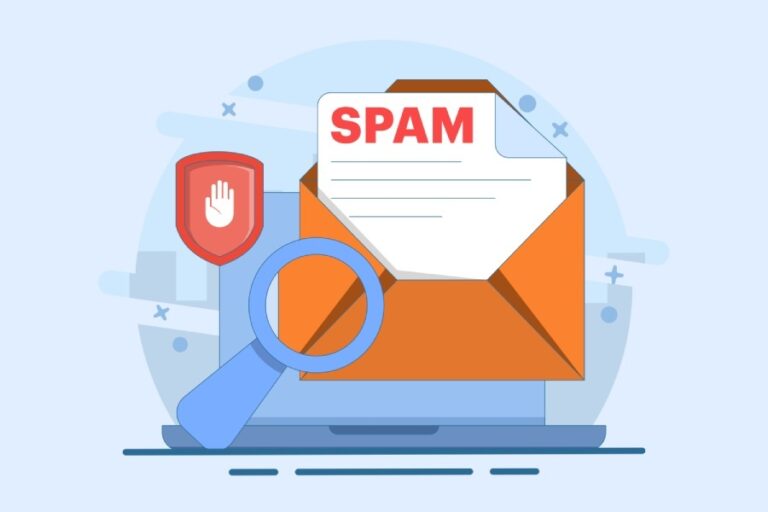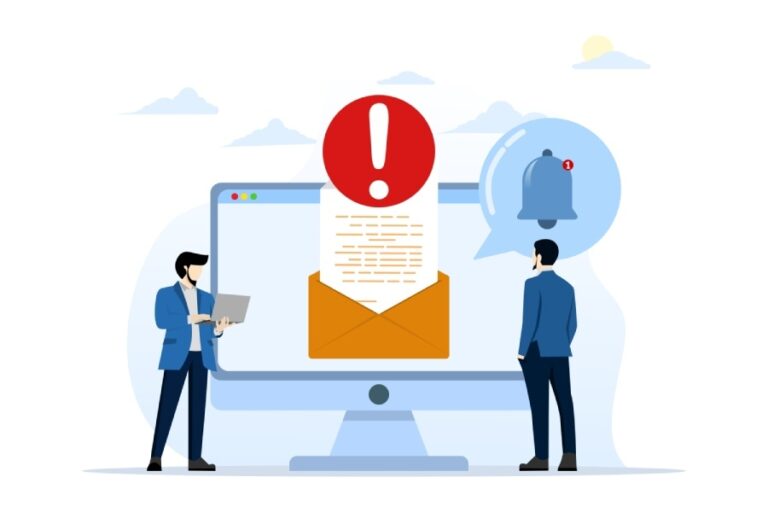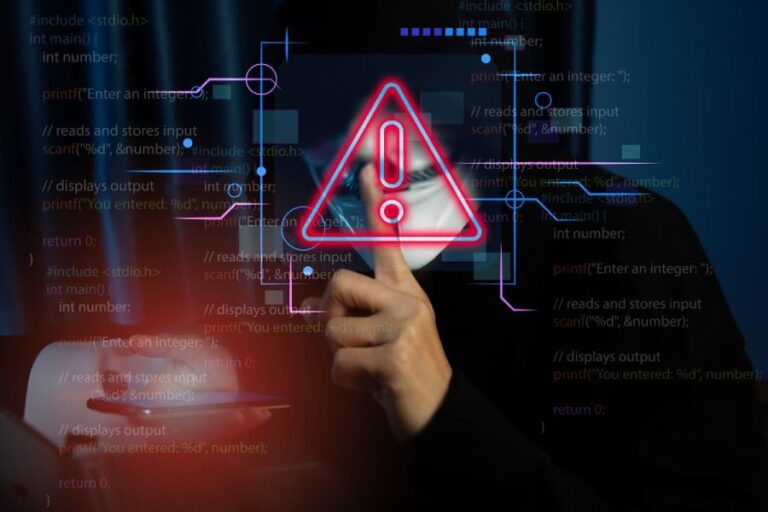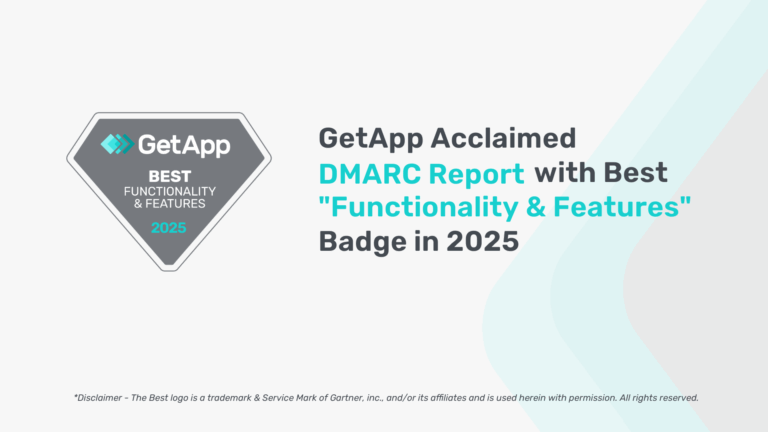DMV Phishing Alert, FTSE Spoofing Risk, Victoria’s Secret Breached
Hey, it’s June already! Hope you guys are able to hold up against the cybercrooks, tall and strong. We are back with our weekly dose of the latest cyber news. This week, we will inform you about the ongoing DMV phishing scam in the US. Next, we will focus on email spoofing attacks being a…










